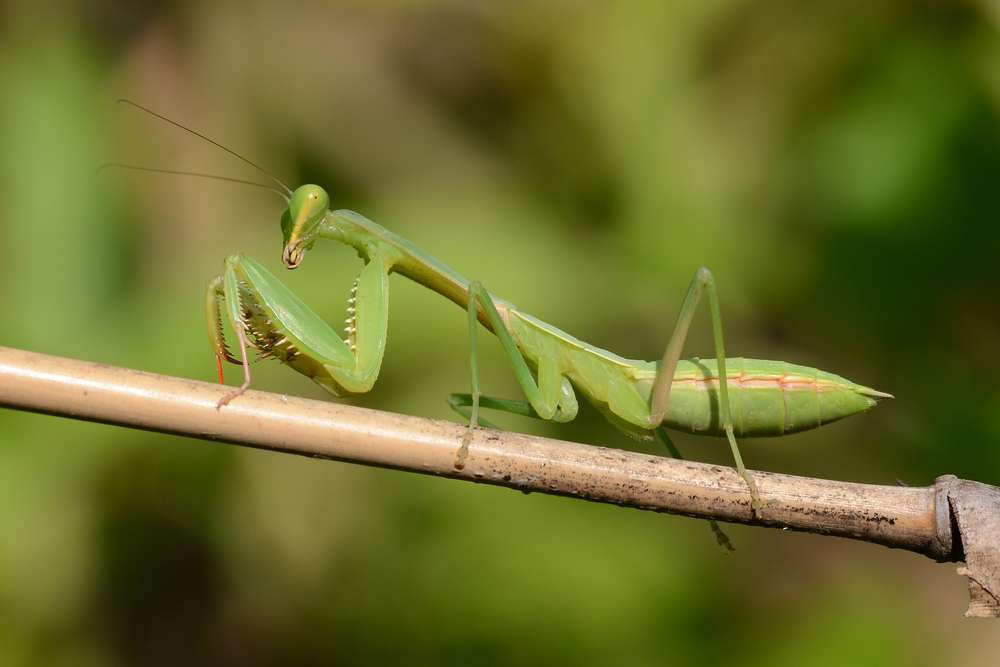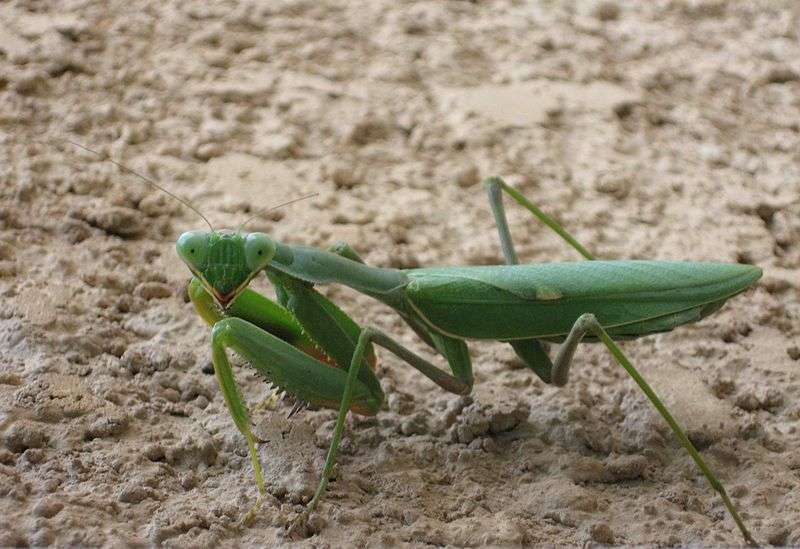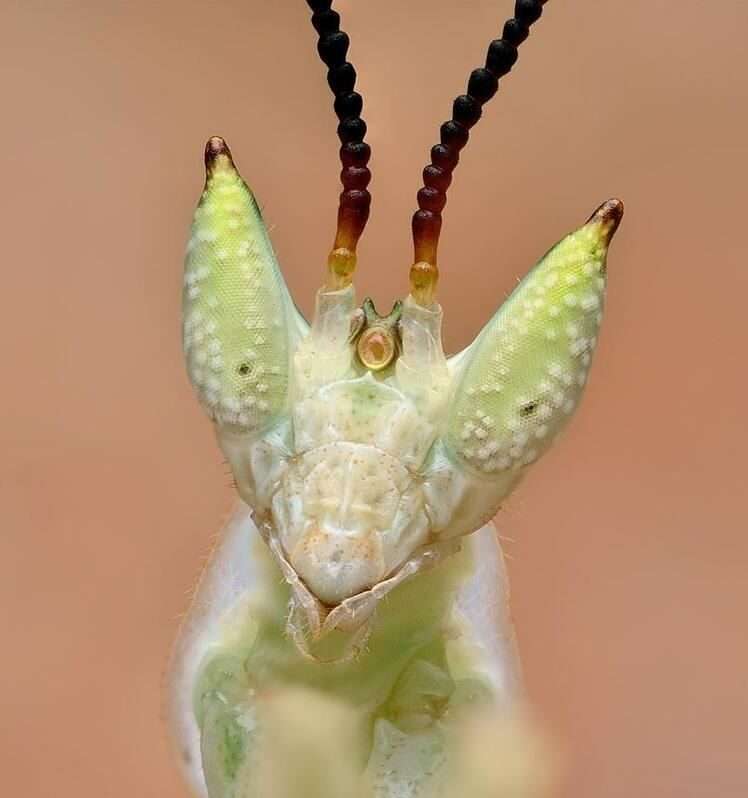
Description
Scientific Name: Hierodula membranacea
Lifespan: 2 years
With other huge praying mantises in the genus Hierodula, of which it is the type species, Hierodula membranacea is a gigantic praying mantis that goes by the common name giant Asian mantis. Similar to the huge Indian mantis and the giant Malaysian mantis, it has a wide range of colours, including green, yellow-green, and even brown and reddish-brown. It comes from Southeast Asia, as the name implies, and is one of the biggest mantises. It is a cannibalistic species, and after mating, the females will occasionally consume the males.
Habitat
Hierodula membranacea lives in regions with trees and plants. It thrives in hot, humid areas with temperatures ranging from 72 to 86 °F (22 to 30 °C) and 60% to 70% relative humidity. Occasionally, Hierodula grandis is used improperly to refer to this species. You won’t be surprised to learn that Asia is the Giant Asian Mantis’s native habitat.
Behavior
Although adults of this mantis are capable of flight, certain females have infrequently been observed jumping as adults. This mantis can leap roughly twice as far as its body length. When confronted by predators, the mantis will demonstrate a threat posture by rearing up, spreading its wings and forelegs, and opening its jaws. The mantis will use its forelegs to attack any potential predators who disregard the exhibition before biting them. Despite the fact that mantises lack venom, a big species’ defensive assault can be uncomfortable and even cause skin to shatter.
Keeping as a Pet/ In Captivity

Housing
Glass terrariums make excellent homes for giant Asian mantises. This is because glass is excellent at letting heat escape, keeping the enclosure cool enough. Other enclosures are far too good at holding heat, such wooden vivarium’s. The terrarium for the mantis must be at least 200mm long and 300mm tall. The Chilean Rose Tarantula needs a room that is big enough for them to walk around in because they will grow to be about 10 cm long.
Heating
It needs to be between 70 and 75 degrees Fahrenheit in the air for giant Asian mantis. The best way to do this is to attach a heatmat to one side of the glass enclosure. To maintain a steady temperature, this heatmat is thermostatically controlled. Because the glass is only heated on one side, there is a slight temperature gradient inside the enclosure that the mantis can use to either warm up or cool down.
Diet and Feeding
Giant Asian mantis are carnivorous and eat live insects for their food. The live food diet’s primary components ought to be strong in protein and very simple to digest. Brown crickets are the most popular choice, according on our research. Every other day, a little mantis should be fed 1 or 2 crickets of the proper size. As they grow, they might be able to consume a third, but you must ensure that none are kept inside for an extended amount of time because they might try to attack your mantis.
Table





